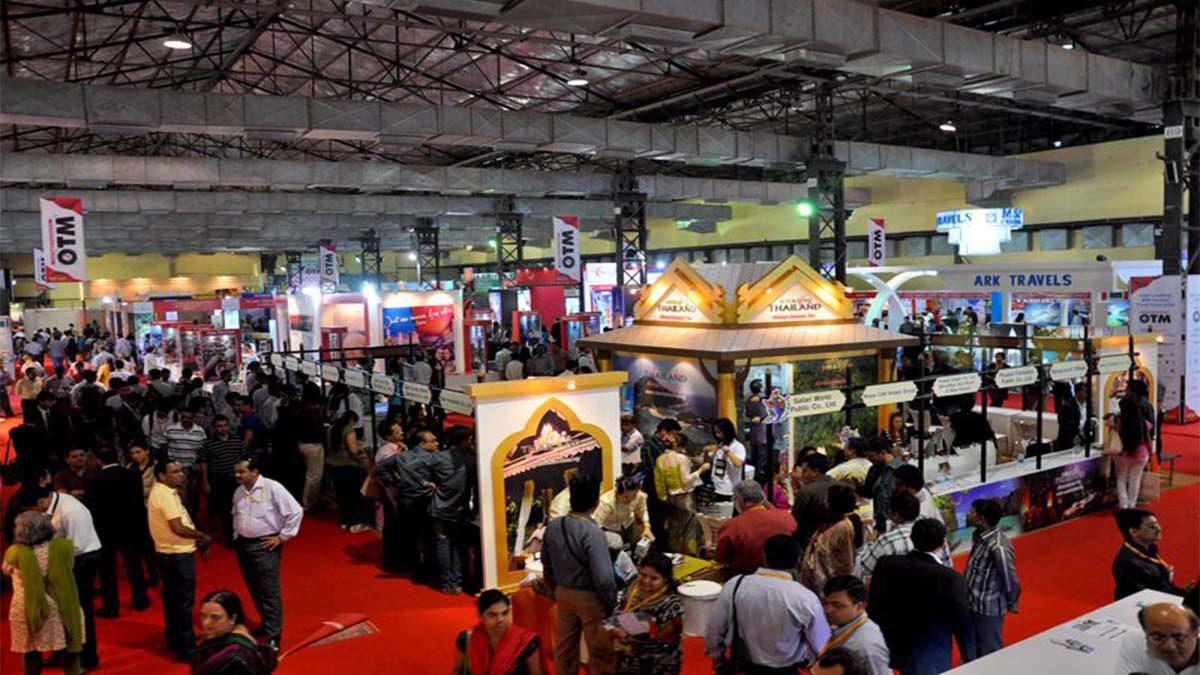Trade fairs play important roles in marketing as well as business networking in market sectors that use them. People will seek to meet people and companies at their own level in the supply chain, as well as potential suppliers and potential buyers.
Generally there will be a central trade show floor with booths where people exhibit their goods or services, and throughout the day there will be seminars for continuing education on matters relevant to the industry, like best practices, trends, and regulation. There will also be some shared meals with keynote speakers, and social events in the evenings. Booths range from simple tables to elaborate constructions.
Trade fairs often involve a considerable investment in time and money by participating companies.The planning includes arranging meetings with other attendees beforehand and resources to follow up on opportunities that are created at the fair. Costs include space rental, booth design and construction of trade show displays, telecommunications, travel, accommodations, and promotional literature and items to give to attendees.
In addition, costs are incurred at the show for services such as electrical, booth cleaning, internet services, and drayage (also known as material handling). This local spending on logistics leads cities to promote trade shows as a means of local economic development, as well as providing opportunities for local businesses to grow, and attract new businesses to come.

